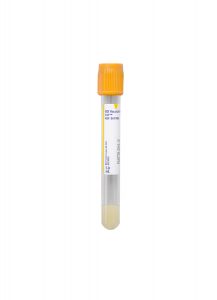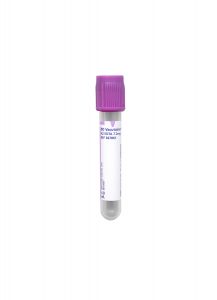Clinical Indications
In the pediatric population, many abnormal phenotypes are associated with chromosomal imbalances that can be identified using CMA to detect copy number change (CNC). Thus, whole-genome CMA has replaced chromosome and FISH studies to become the first-tier test for the evaluation of children with unexplained developmental disabilities, intellectual disabilities, dysmorphic features, congenital anomalies, and autism.
Based on numerous published studies, the yield of pathogenic or clinically significant CNC by CMA is approximately 15-20% in a pediatric population, compared with a yield of 3-5% by standard cytogenetic analysis in the same population. Variants of uncertain clinical significance (VOUS), or clinical significance unknown, are found in less than 10% and could play an important role in the clinical diagnosis. To a great extent, parental and family studies can be helpful in the clinical interpretation of these unknowns, as de novo occurrence of the CNC is more likely related to a pathogenic event.
CMA testing for CNC is recommended as a first-line test in the initial postnatal evaluation of individuals with the following:
- Multiple anomalies not specific to a well-delineated genetic syndrome
- Apparently nonsyndromic DD/ID
- Autism spectrum disorders
This is not a recommended test for adult patients with multiple miscarriages or pregnancy losses and no abnormal phenotype. Chromosome analysis is a better test to exclude the possibility of balanced rearrangements that cause pregnancy losses.
Appropriate follow-up is recommended in cases of chromosome imbalance identified by CMA and may include cytogenetic/FISH or other molecular studies of the patient or parents, and clinical genetics consultation. In addition to detecting CNC, the SNP microarray can also be used to diagnose suspected uniparental disomy (UPD) or imprinting disorder, the possible absence of heterozygosity to determine the degree of relatedness by identity-by-descent (autozygosity), and autosomal recessive condition risks. Additional testing may be necessary to confirm disorders associated with the absence of heterozygosity.
SNP testing may be used to identify:
- A chromosomal abnormality or micro-duplication/deletion syndrome with a normal karyotype
- The size of a duplication/deletion involved in an unbalanced translocation
- Triploidy
- Cryptic duplications/deletions in a phenotypically abnormal individual with an apparently balanced karyotype
- Uniparental disomy (UPD)
- Absence of heterozygosity to determine the degree of relatedness by identity-by-descent (autozygosity)

 <
<


